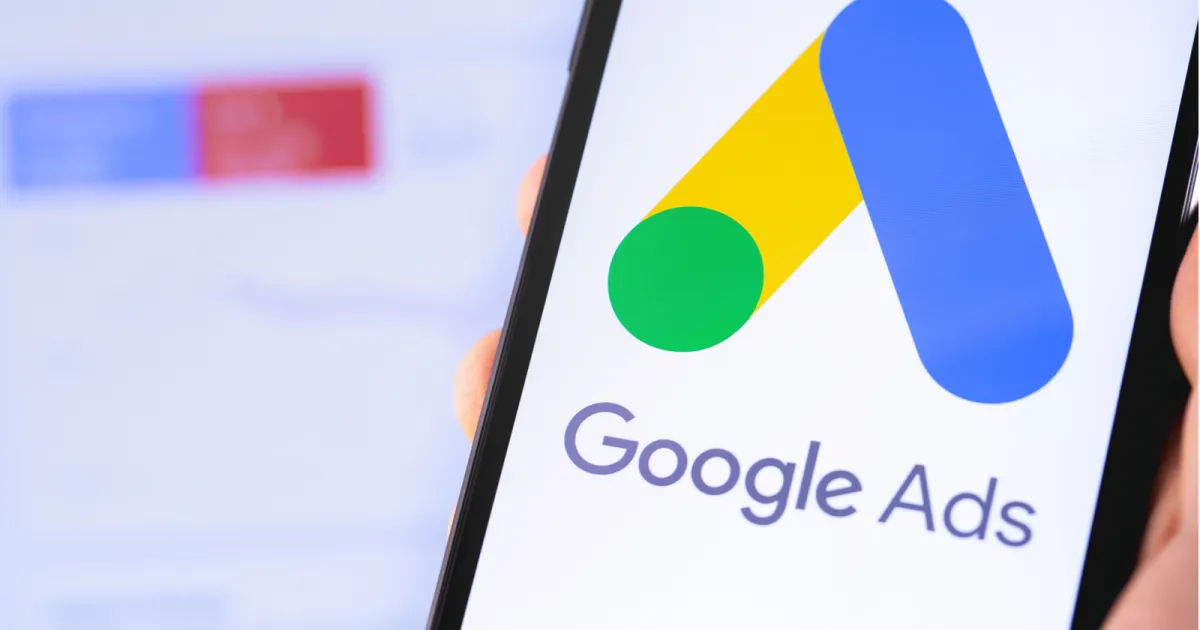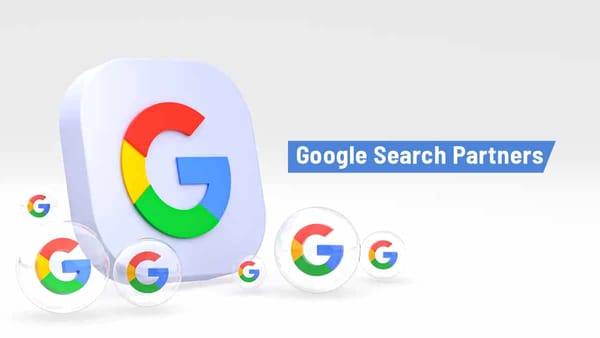Understanding Google Search Ads: How They Work and Why They Matter for Businesses

Introduction
Google Search Ads are one of the most powerful tools in digital marketing, allowing businesses to appear at the top of search engine results when potential customers look for relevant products or services. With billions of daily searches on Google, leveraging Search Ads can drive targeted traffic, increase conversions, and boost brand awareness. In this article, we’ll explore what Google Search Ads are, how they work, and why they are essential for businesses in 2025.
What Are Google Search Ads?
Google Search Ads are paid advertisements that appear on the Google Search Engine Results Page (SERP) when users enter specific keywords. These ads are designed to match user intent, ensuring businesses reach their target audience at the right moment.
- Key Features of Google Search Ads:
- Appear at the top or bottom of Google search results.
- Operate on a Pay-Per-Click (PPC) model, meaning businesses only pay when someone clicks on the ad.
- Are highly customizable with ad extensions, targeting options, and bidding strategies.
- Can include text, call buttons, site links, and other elements to enhance visibility and engagement.
How Google Search Ads Work
1. Keyword Targeting
Google Search Ads rely on keyword targeting to display ads for relevant searches. Advertisers select keywords that potential customers are likely to search for and bid on them to compete for ad placements.
- Example: If a business sells running shoes, they might bid on keywords like “best running shoes” or “buy running shoes online.”
2. Ad Auction and Bidding System
Google uses an auction system to determine which ads appear for each search query. Factors that influence ad placement include:
- Maximum Bid: How much the advertiser is willing to pay per click.
- Quality Score: A rating based on ad relevance, landing page experience, and expected click-through rate (CTR).
- Ad Rank: A combination of bid amount and Quality Score, determining the position of the ad on the search page.
3. Ad Copy and Extensions
Creating compelling ad copy is crucial to attracting clicks. Google Search Ads typically include:
- Headline: The main clickable text (e.g., "Buy Running Shoes – 50% Off Today!").
- Description: Additional information about the product or service.
- Display URL: The website link that appears in the ad.
- Ad Extensions: Extra features like phone numbers, additional site links, or location details to improve engagement.
4. Landing Page Optimization
Once users click on an ad, they are directed to a landing page. A well-optimized landing page:
- Matches the ad’s message and keywords.
- Provides a clear call-to-action (CTA).
- Loads quickly and is mobile-friendly.
Why Google Search Ads Matter for Businesses
Google Search Ads offer numerous benefits that make them a valuable marketing tool:
✅ Immediate Visibility: Businesses can appear at the top of search results instantly.
✅ Highly Targeted Traffic: Ads are shown to users actively searching for related products or services.
✅ Cost-Effective: The PPC model ensures businesses only pay for actual clicks.
✅ Measurable Performance: Google Ads provides detailed insights on impressions, clicks, and conversions.
✅ Increased Conversions: Targeting high-intent users leads to better conversion rates.
Conclusion
Google Search Ads provide a powerful way for businesses to connect with their target audience and drive measurable results. With precise keyword targeting, a strategic bidding system, and engaging ad content, businesses can maximize their online presence and increase sales. As digital advertising continues to evolve, mastering Google Search Ads is essential for staying ahead in the competitive online market.




